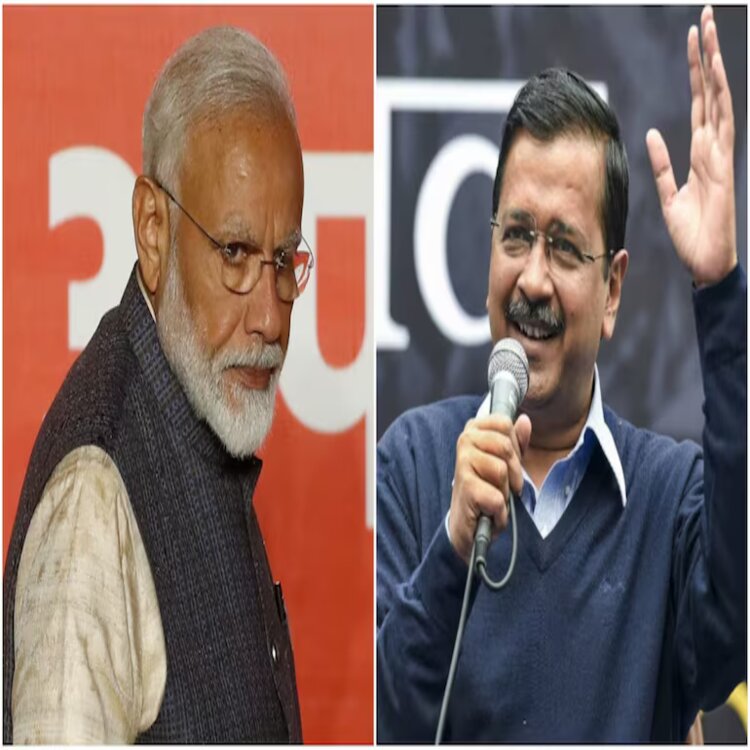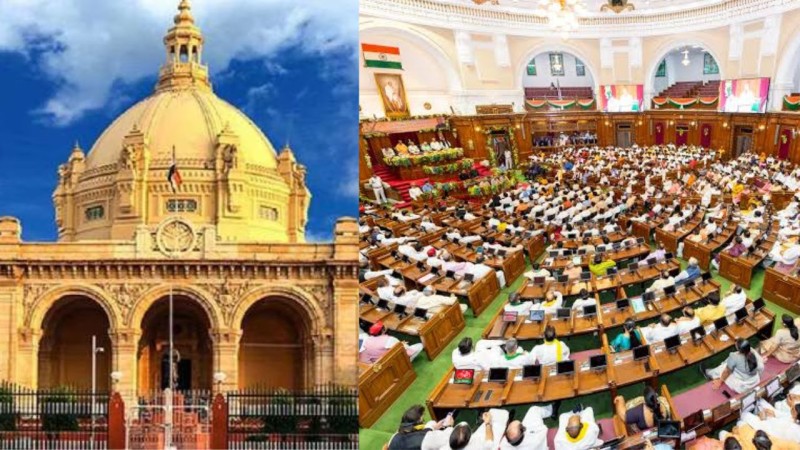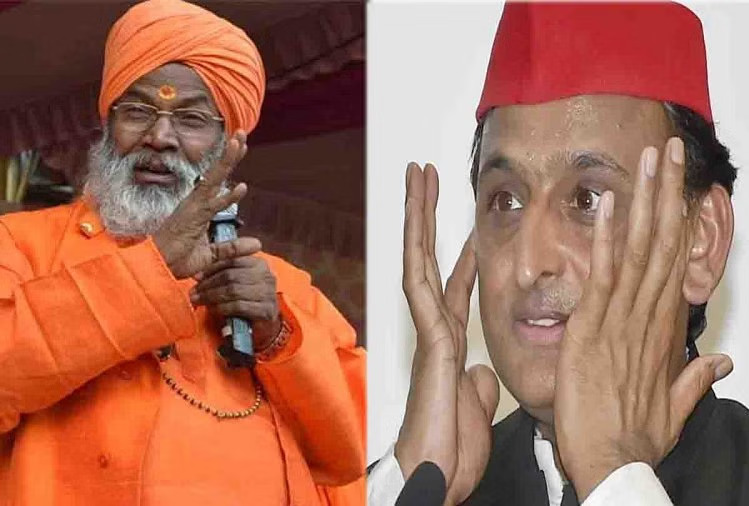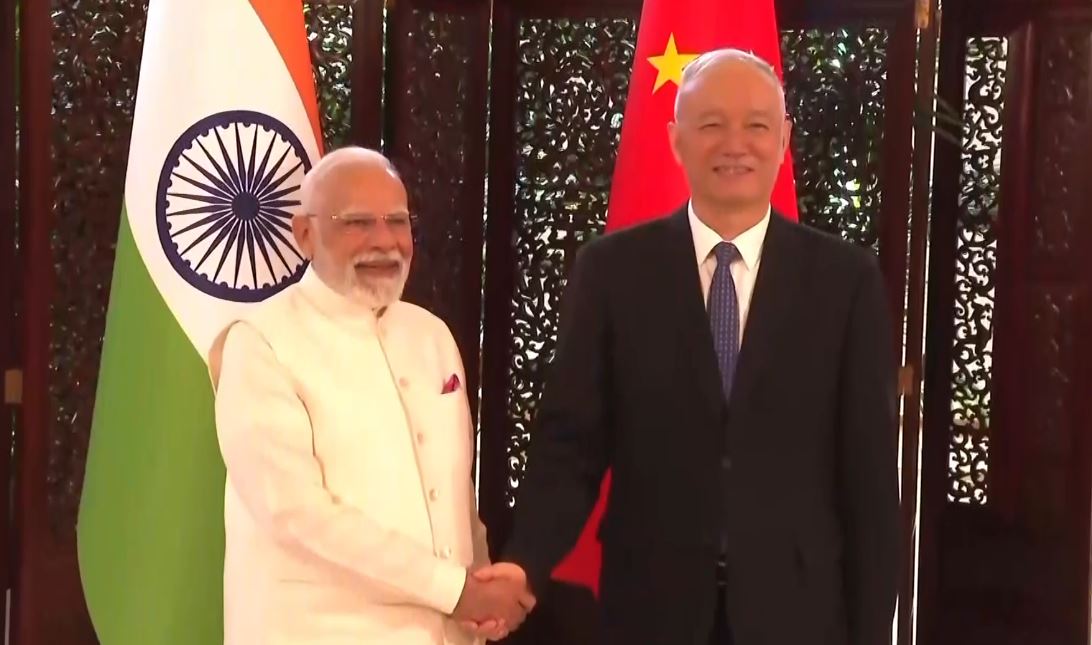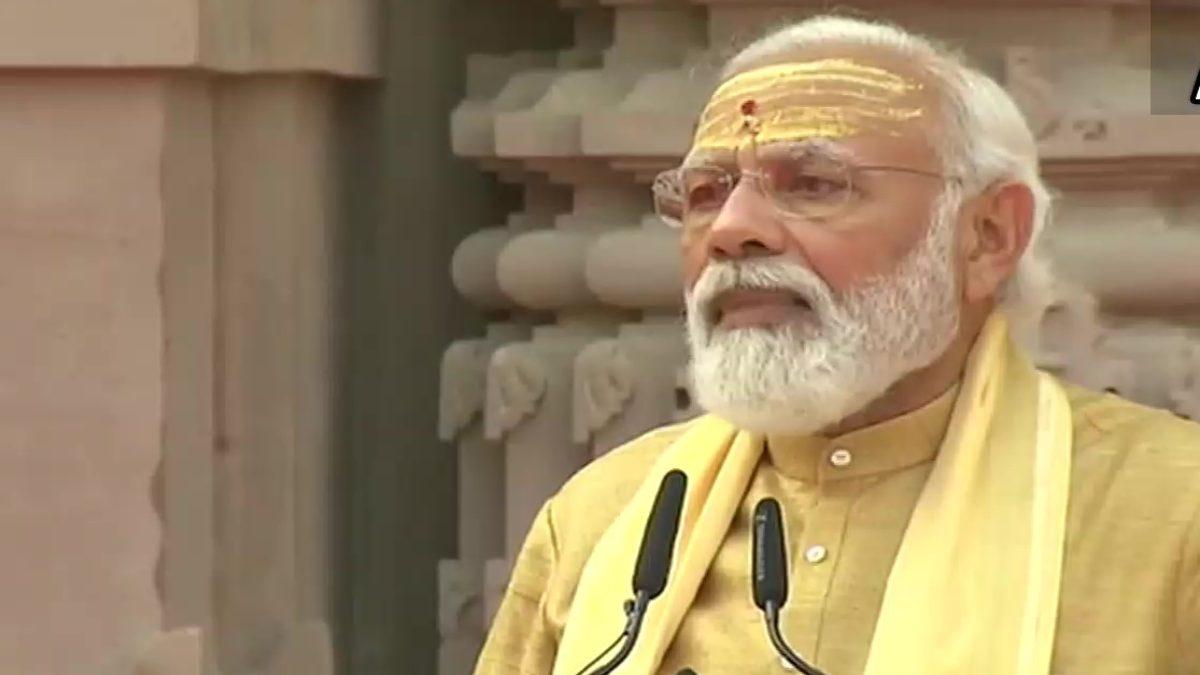Arvind Kejriwal’s Impact on Delhi Politics and the Rise of BJP
Editor : Rishi | 24 January, 2025
The rise of BJP in Delhi and shift of power from Kejriwal

Source or Copyright Disclaimer
Arvind Kejriwal, the leader of the Aam Aadmi Party (AAP) and Chief Minister of Delhi since 2015, has been a transformative figure in Indian politics. From his beginnings as an anti-corruption crusader during the India Against Corruption movement to his current role, Kejriwal has redefined the political landscape of Delhi with his unique governance model, policy focus, and disruptive politics. However, his tenure has also coincided with the Bharatiya Janata Party’s (BJP) rising influence in the capital, creating a politically charged atmosphere marked by power struggles and ideological clashes.
Kejriwal entered politics with a promise to uproot corruption and establish a people-centric governance model. His government's focus on health, education, and public welfare significantly resonated with Delhi’s middle-class and economically weaker sections. Landmark initiatives like the Mohalla Clinics revolutionized access to primary healthcare, while increased spending on government schools significantly improved infrastructure and student outcomes. Subsidies on electricity and water further bolstered his popularity among residents, who saw these moves as direct relief to their cost of living.
The AAP’s governance style was often described as grassroots-driven and transparent. Kejriwal's rhetoric positioned him as an anti-establishment leader who prioritized the “aam aadmi” (common man) over traditional political elites. This approach helped the AAP dominate successive Delhi Assembly elections, winning 67 of 70 seats in 2015 and maintaining a strong mandate in 2020 with 62 seats.
Kejriwal’s ability to adapt has been a key to his longevity. Over time, he has moved from being a firebrand activist to a pragmatic politician. Early confrontations with the central government and controversies around street protests gave way to a more measured approach. This shift not only helped him broaden his appeal but also allowed him to consolidate AAP’s position as a serious alternative to established parties like the Congress and BJP.
However, his political journey has not been without challenges. Allegations of populism, policy stagnation, and inadequate handling of law and order in the city have drawn criticism. Kejriwal’s persistent conflicts with Delhi’s Lieutenant Governor, a central government appointee, often stalled governance and created an impression of political instability.
The BJP’s growing influence in Delhi politics presents a significant challenge to Kejriwal’s leadership. While AAP retains dominance in the Assembly, the BJP has consistently secured all seven of Delhi’s Lok Sabha seats in national elections since 2014, demonstrating its ability to mobilize support across the city’s diverse demographics.
The BJP’s rise is fueled by its appeal among Delhi’s upper-middle-class and business communities, a constituency less swayed by AAP’s welfare programs. Additionally, the party’s focus on nationalistic and Hindutva-driven narratives has resonated with segments of Delhi’s electorate, particularly in the face of rising communal tensions.
Arvind Kejriwal’s tenure as Delhi’s Chief Minister has undeniably left a lasting impact on the city’s politics, governance, and public discourse. However, his leadership faces mounting challenges as the BJP strengthens its grip on the capital’s political and cultural fabric. As both parties continue to vie for dominance, Delhi remains a microcosm of the broader ideological and electoral battles shaping India’s political future.
